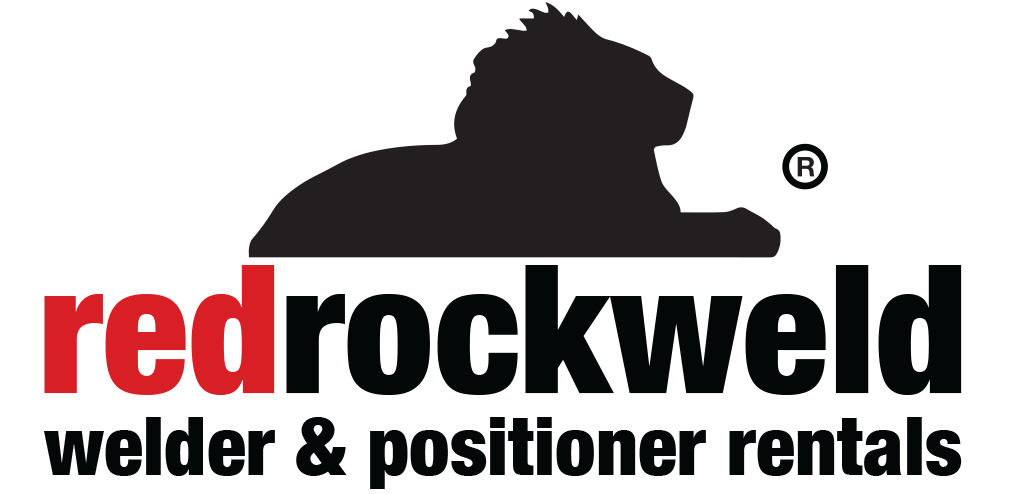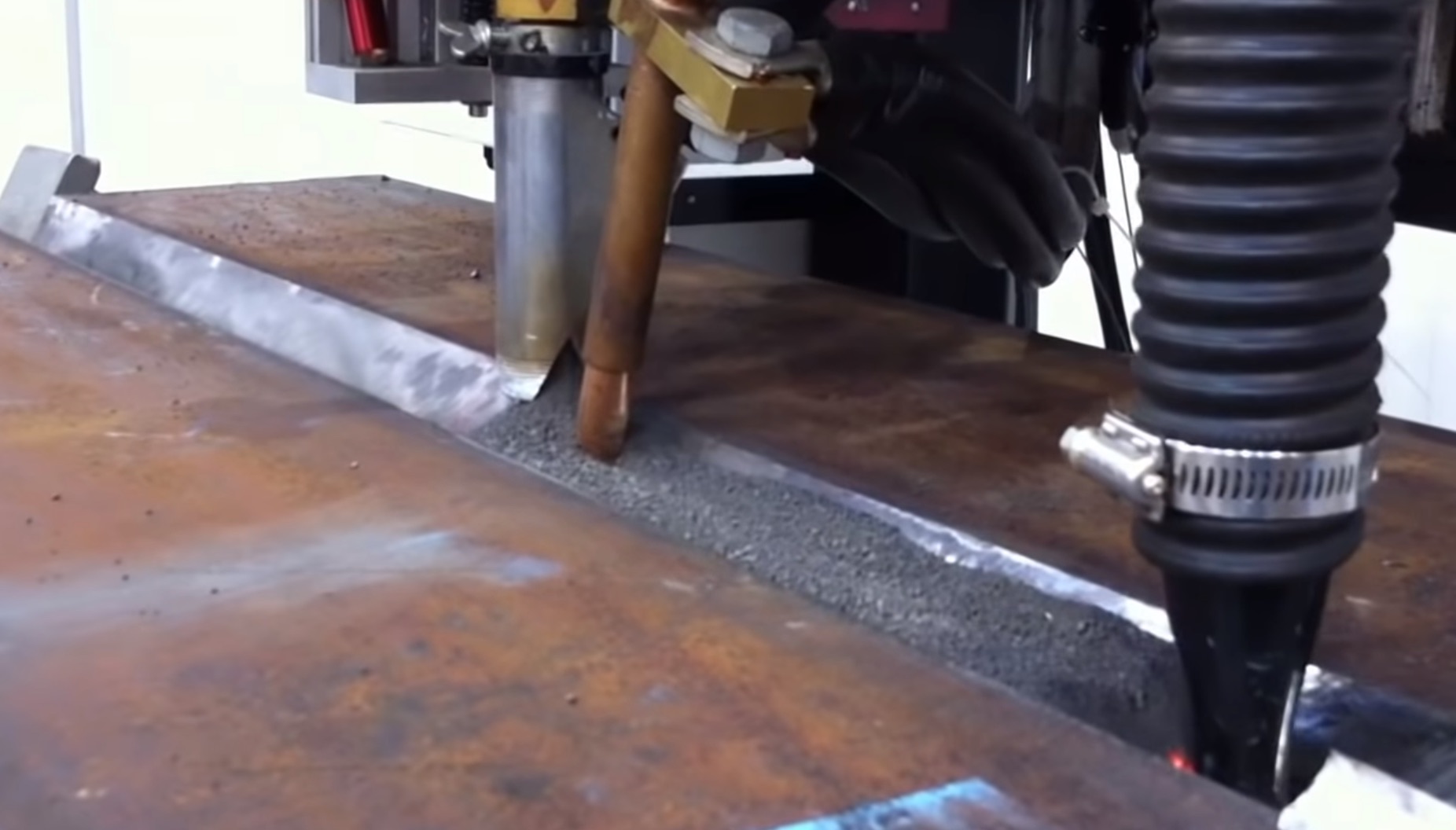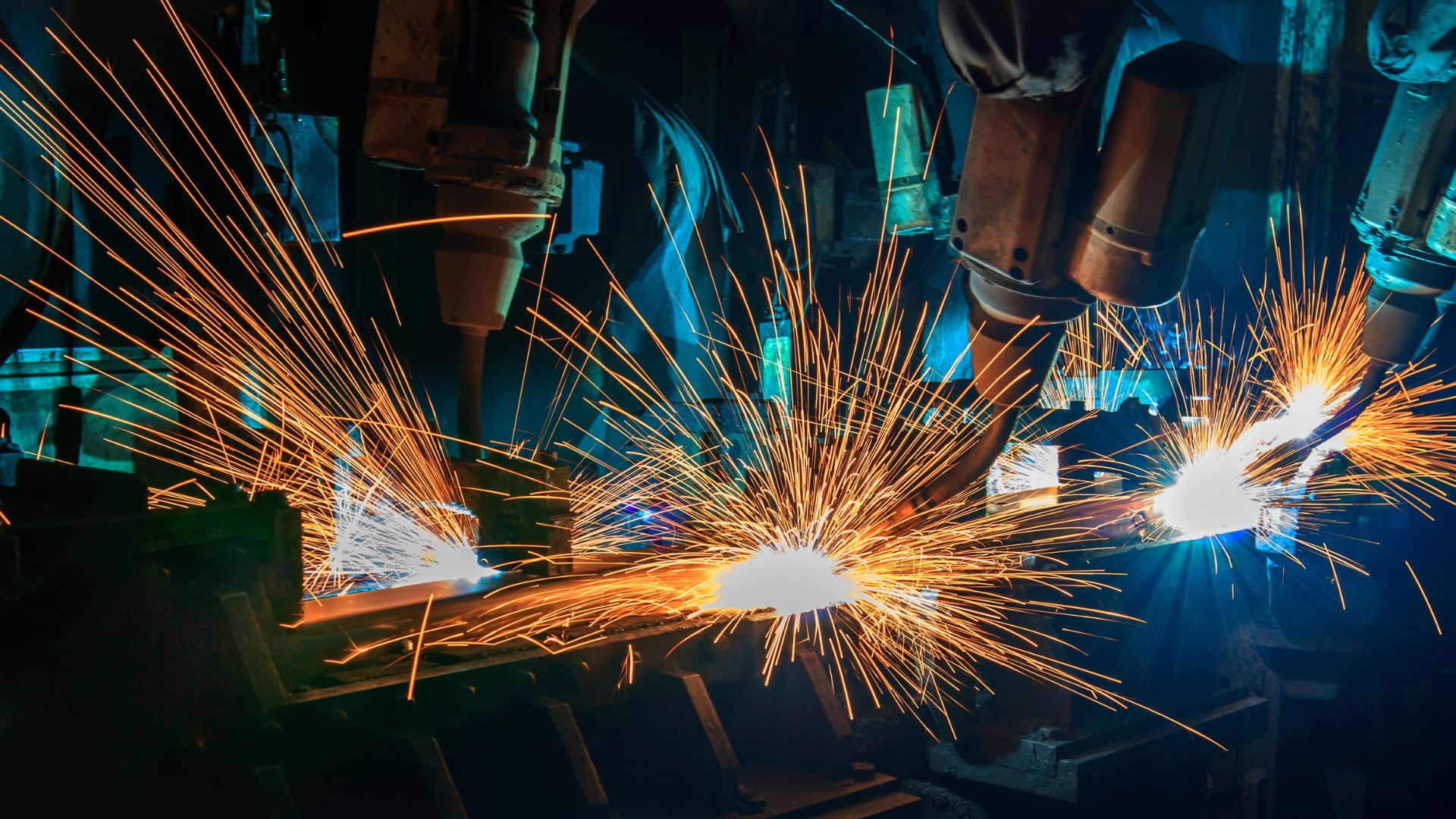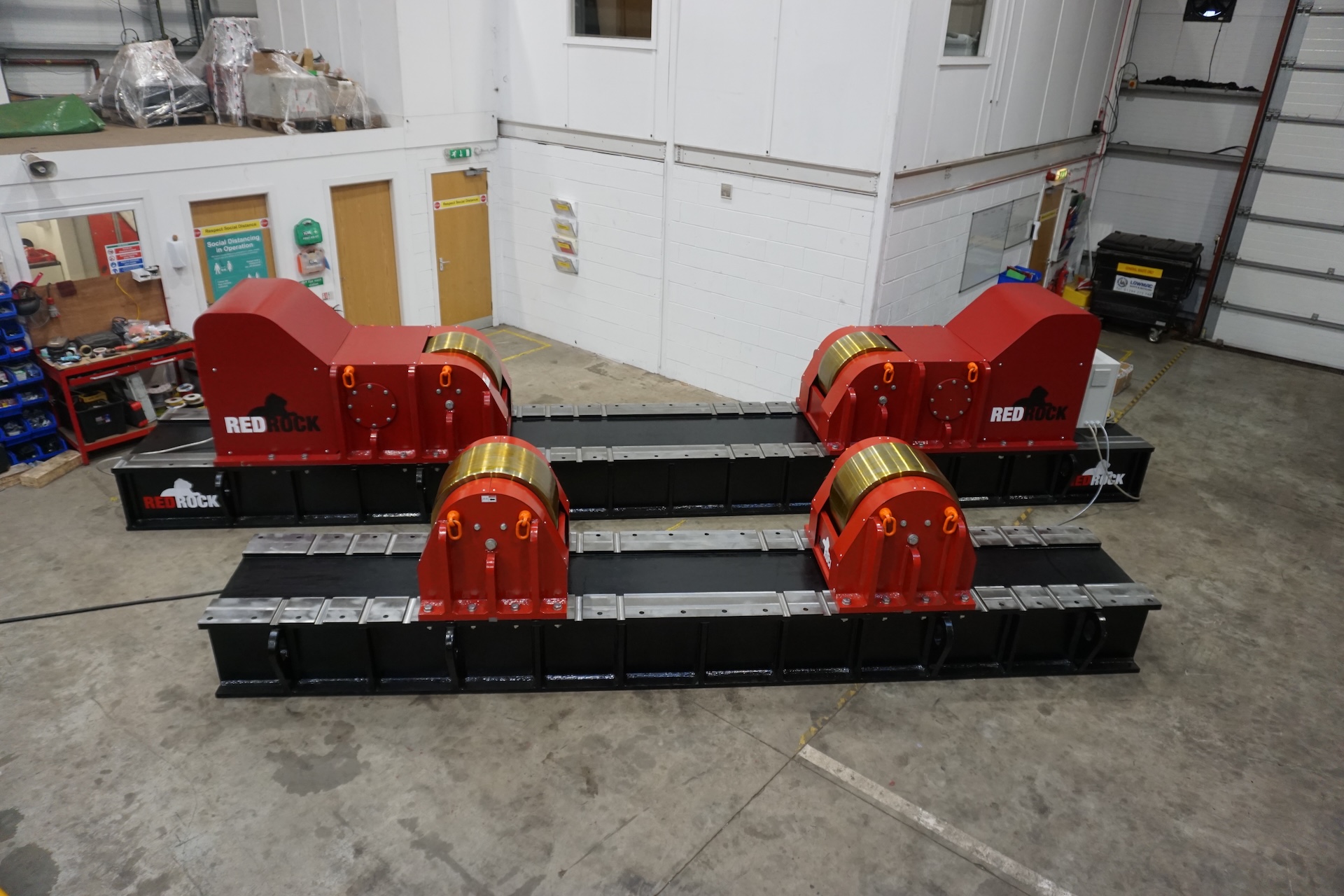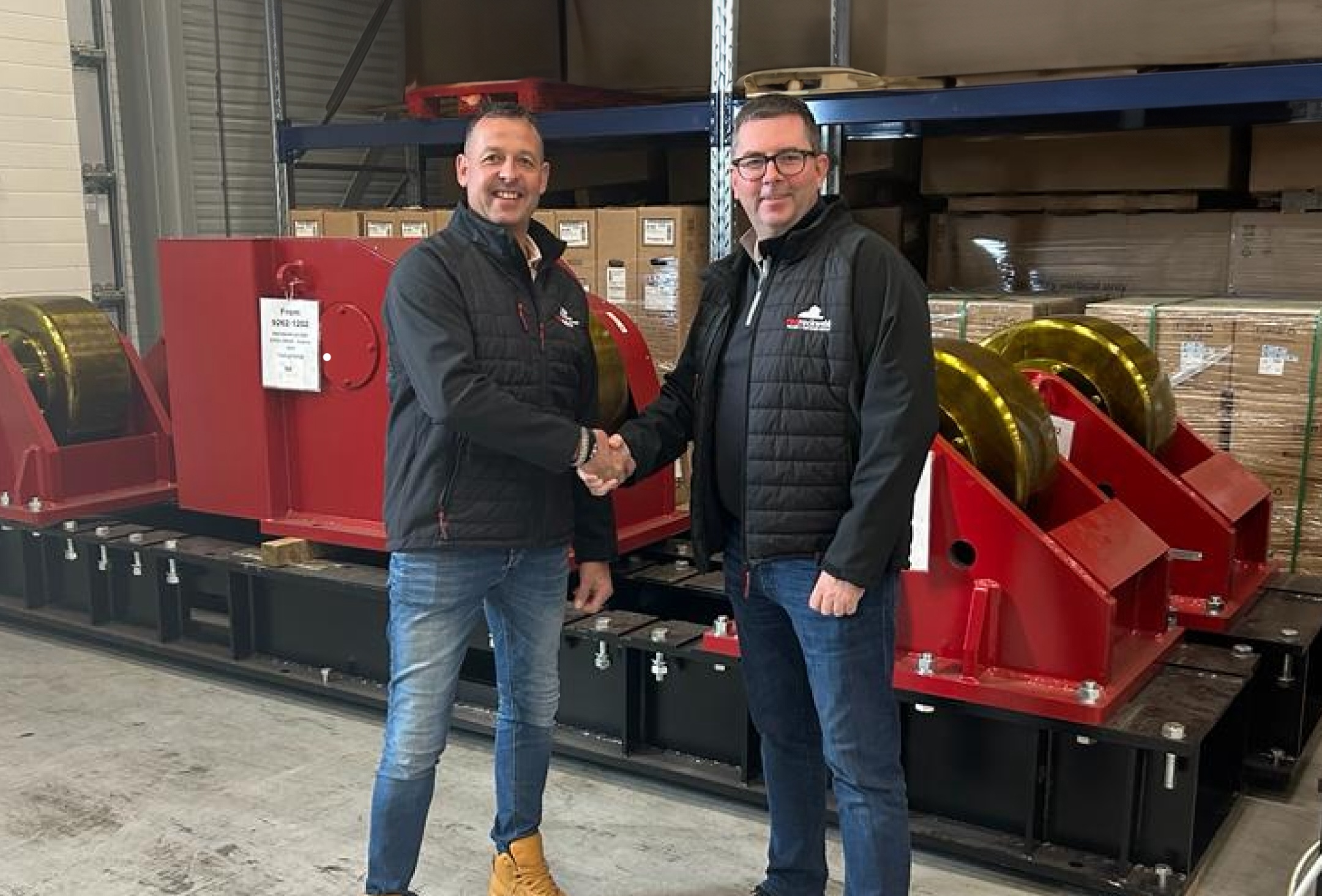WHAT IS SUBMERGED ARC WELDING?
Submerged Arc Welding (SAW) or Sub Arc Welding is an automated welding process that utilises the establishment of an electric arc between an electrode and the material to be welded.
It’s mostly used for welding processes on thicker steels including carbon steels, stainless steels and some nickel alloys. SAW is ideal for welding materials between a half-inch to 5-inches thick, however, by making adjustments to the travel speed and heat input, SAW can be used for metals of just 3/16th of an inch without burn-through.
WHY IS SUBMERGED ARC REFERRED TO AS SUBMERGED?
The Submerged Arc term itself refers to the arc and weld zone being submerged in a granular flux – there’s no visible/open arc, so there’s no fumes and no weld spatter.
THE SUBMERGED ARC WELDING PROCESS
The granular flux is what protects the arc from atmospheric contamination. Everything is submerged in the flux. A wire is fed through the weld torch which moves along the joint. The heat from the arc melts a portion of the wire, the flux and base material being used to form a molten weld pool. This is where the flux does all the functions needed including deoxidising and degassing. The molten flux freezes behind the arc to form a slag-covered weld bead that’s easily removed.
SUB ARC WELDING EQUIPMENT
SAW equipment varies and can be customised to suit the application, including all consumables such as solid and metal-core wires and the flux composition.
The equipment required includes:
- Power source – controls the current used (AC, DC or both to allow for easy switching)
- Controller/interface – controls the weld parameters
- Wire drive motor – controls the speed of the wire feed
- Weld torch – Feeds the filler metal to the workpiece and can be angled to suit the application
- Flux hopper – controls the deposition rate of flux. Flux hoppers can also have flux recovery systems to recycle unused flux, feed it back into the hopper until it’s used.
The power source can be direct current (DC) or alternating current (AC) and they can be combined to have one SAW machine provide both types of power, letting operators easily switch between the two for various workpiece thicknesses. A thinner workpiece could require a low current of 350 amps, whereas thicker workpieces could require upwards of 1,000 amps. As SAW equipment is primarily used to increase productivity, most or all of the process is mechanised to deliver a high duty cycle. Typically, the only time the machine needs to stop is for operators to remove slag, change electrodes and manipulate the workpiece, although in automated weld processes, a welding manipulator is combined with the SAW equipment to automate mechanical handling, further increasing the duty cycle delivering even higher productivity. It should be noted that that SAW equipment can have a weld head move along the workpiece, or it can be stationery with a welding rotator turning the workpiece under the weld head.
The controller/interface is used to control all the weld parameters including…
- The torch angle,
- Travel speed,
- Arc voltage,
- Welding current,
- Electrode stickout,
- Wire diameter,
- The speed of the wire feed.
A faster speed can be used on root passes on thinner material to avoid burn-through and easily slowed down for thicker materials with some being capable of deep weld penetration of thicker metals on a single pass.
The wire fed process most often uses a single-wire feed, however where high productivity levels are required, while maintaining the highest quality of welds consistently, multiple wires can be used for tandem Sub Arc Welding, which is when multiple wires feed into the same puddle. Single wire feeds are capable of deposition rates of 40 lbs per hour, whereas with Tandem Sub Arc Welding, upwards of 100 lbs per hour can be achieved.
SUB ARC WELDING CONSUMABLES
The flux and wires (electrodes) for SAW processes differ depending on the application. Standard wire is commonly 1.6 mm to 6 mm. Twisted wire can be used for an oscillating movement to help fuse the weld to the base metal. Different electrodes are available to suit different metals. Most are copper coated to increase electrical conductivity. Different electrodes are suited to different currents with some being suitable for currents of 150 to 350 amps and others suited to higher amps of 1,000 and upwards for thicker steels.
Flux can have different chemical compositions. It can be bonded, fused, or mechanically mixed. Standard flux can have calcium, silicon, aluminium, magnesium among other chemicals and alloying elements can be added to suit requirements.
The flux itself is not conductive until it comes into contact with the arc. As that’s submerged, only the used flux on the lower part becomes slag (wastage) and all visible flux can be returned to the flux hopper, reducing wastage. The amount of recoverable flux varies between 50% and 90%, depending on the Sub Arc Welding equipment used.
ADVANTAGES OF SUBMERGED ARC WELDING
- Higher deposition rates are the main advantage as it improves productivity
- Due to the semi or fully automated process, there’s improved ergonomics for operators with minimal manipulation of workpieces required.
- Full control of the weld parameters enables high quality welds consistently
- Flux recovery reduces wastage
- Deep weld penetration on thick steels can be done, sometimes in a single pass
- Welds on thinner metals can be done at high speed and without burn-through
- No spatter and no fumes provides a safer working environment.
INDUSTRIES THAT USE SUBMERGED ARC WELDING
While SAW processes are mainly used for heavy duty industries with thicker steels, thinner metal profiles are suited to single wire feeds by increasing speed.
As specialists in weld automation equipment, Redrock can provide the equipment necessary for the highest quality of welds while maximising productivity.
